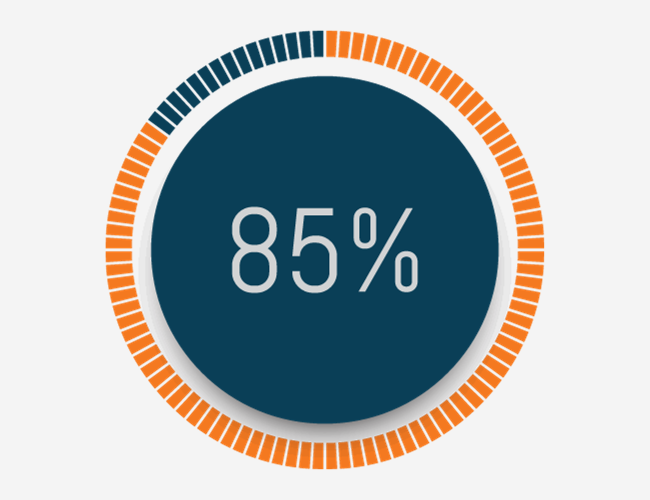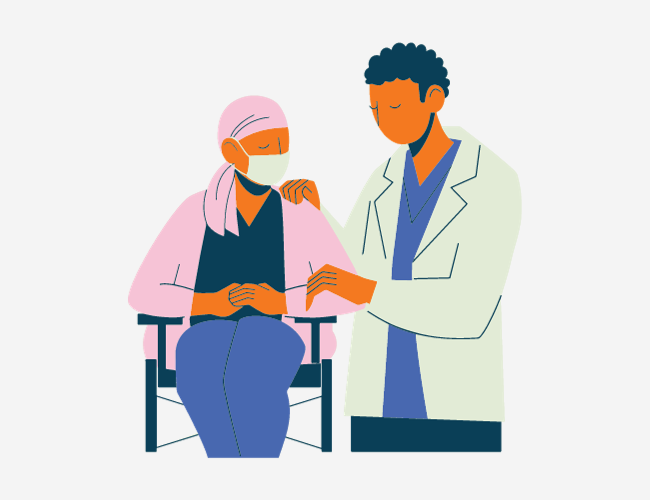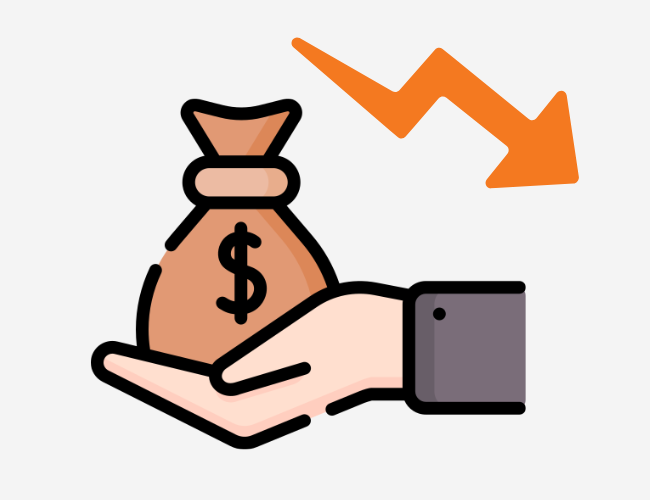An estimated one in five Americans currently owns a smartwatch of some kind. Many users wear these specifically for the purpose of their fitness and health tracking capabilities. The wealth of data that these devices collect can lead to greater insight for individual health status and better direction to meet certain wellness goals. Most recently, a new study published in The Lancet looked at how these wrist-worn health tracking devices can provide a range of predictive cardiovascular health measures for their users. Researchers gathered data from over eight million users of smartwatches made by Fitbit, the company that funded the study. Over 70 countries were represented in this user group, though nearly half were based in the United States.
Fitbits, and many other modern wrist-worn devices, track their user’s heart rate variability (HRV), or the variation in the time intervals between consecutive heartbeats. These devices are continuously gathering data from users’ sympathetic and parasympathetic nervous systems through the analysis of these interbeat intervals. The study pulled HRV measurements for each user from a randomly selected 24-hour period, along with data on their age, body mass index (BMI), and steps per day from the 90 days preceding the measurement. With this information, researchers looked to find a correlation between HRV metrics, cardiovascular function, age, sex, time of day, and physical activity levels.
Findings showed that the HRV metrics observed by researchers declined with age across each type of measurement used in the study, with parasympathetic function in particular declining more rapidly than sympathetic activity. It was also found that an increase in physical activity could lead to improved metrics, though this correlation was much stronger for young people. For example, in order to improve certain measurements of cardiovascular function, older age groups needed to work exponentially harder to get the same improvements as younger users got with less activity. Additionally, parasympathetic activity seemed to be more challenging to restore than sympathetic activity. There were also slight correlations between some HRV metrics and gender, as well as a fluctuation in measurements depending on the time of day.
“Our results might have important implications for the remote monitoring of human health given the widespread availability of wrist-worn trackers,” said researchers. “Although HRV metrics have been previously correlated with cardiovascular health and mortality, our technical advance in the analysis of wearable data at large scale and descriptions of the data now permit its potential use for health promotion through tens of millions of currently available wrist-worn commercial trackers.”
Harnessing Data To Promote Better Health
Studies like this illuminate how the wealth of data generated by wearable devices can help direct users to get the most benefits out of their health and wellness routines. Recently, Fitbit has also been studying its devices’ capabilities at predicting COVID-19 prior to the onset of symptoms in users. Astoundingly, the findings suggest that roughly half of COVID-19 cases can be predicted a day before symptoms. Theoretically, these data insights can then be put to use by a program to help limit exposure to the virus.
For employers that incorporate health tracking devices in wellness programs, data analysis could lead to better management of employee health goals and conditions. Potentially, this can direct employees towards a more effective wellness routine as well as alert them to potential health concerns or signs of disease in the earliest stages. This results in lower health care costs and greater health benefits for program participants.












